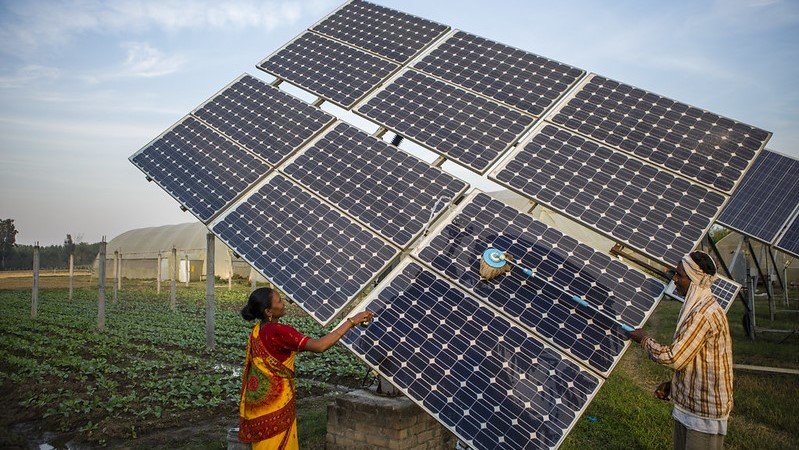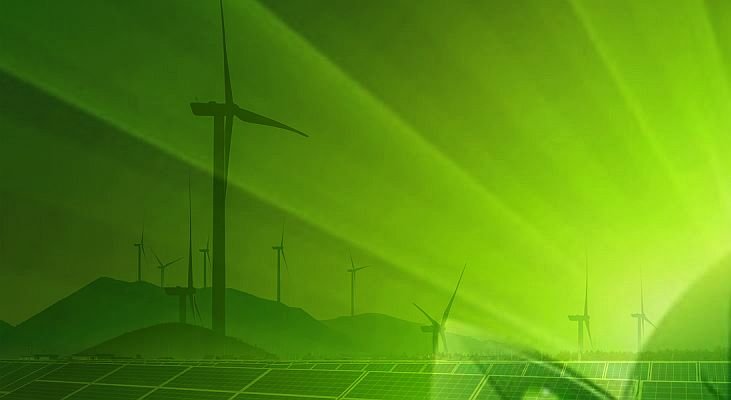India’s commitment to a clean recovery post Covid-19 pandemic is evident in some of its recent policies, such as production linked incentive (PLI) schemes focused on cleaner systems like ACC batteries and solar modules.
India has also shown willingness to aid cleantech startups to empower people in harnessing renewable energy through their AI-based services.

Cleantech refers to the augmented use of technology towards innovations in reusing, sustainable power sources (solar, hydropower, wind energy, biofuels), green construction, electric vehicles, lighting, etc.
India has witnessed one of the fastest growth rates in renewables of all the major economies and has set an ambitious target to deploy 450 gigawatts of renewable energy by 2030. Over the last decade, the amount of solar capacity installed on the grid has increased 3,000 megawatts in 2009 to 36,000 megawatts in 2020.
India has an existing clean energy capacity of 134 GW and aims to expand it to 220 GW by 2022, with focus on tariff reduction through technological advancements.

In its attempt to strengthen the renewable energy sector, a green energy corridor is also being developed for the first time in India, in Rajasthan state, to combine solar and wind power production. This corridor, comprising a network of grid sub-stations, is expected to generate 6,311 MW green energy.

This sector allows 100 percent foreign direct investment (FDI) under the automatic route.
Recovery propelled by green stimulus measures has the potential to address the current challenges of unemployment and unsustainable growth, while at the same time coping with the vulnerabilities caused dur to climate change.
However, to meet those targets, India needs to address certain roadblocks like difficulty in land acquisitions, clearing utility dues, easing tariff caps, improving access to finance and building investor confidence.
Reference- Press Information Bureau, Business Standard, Economic Times, Mercom India






